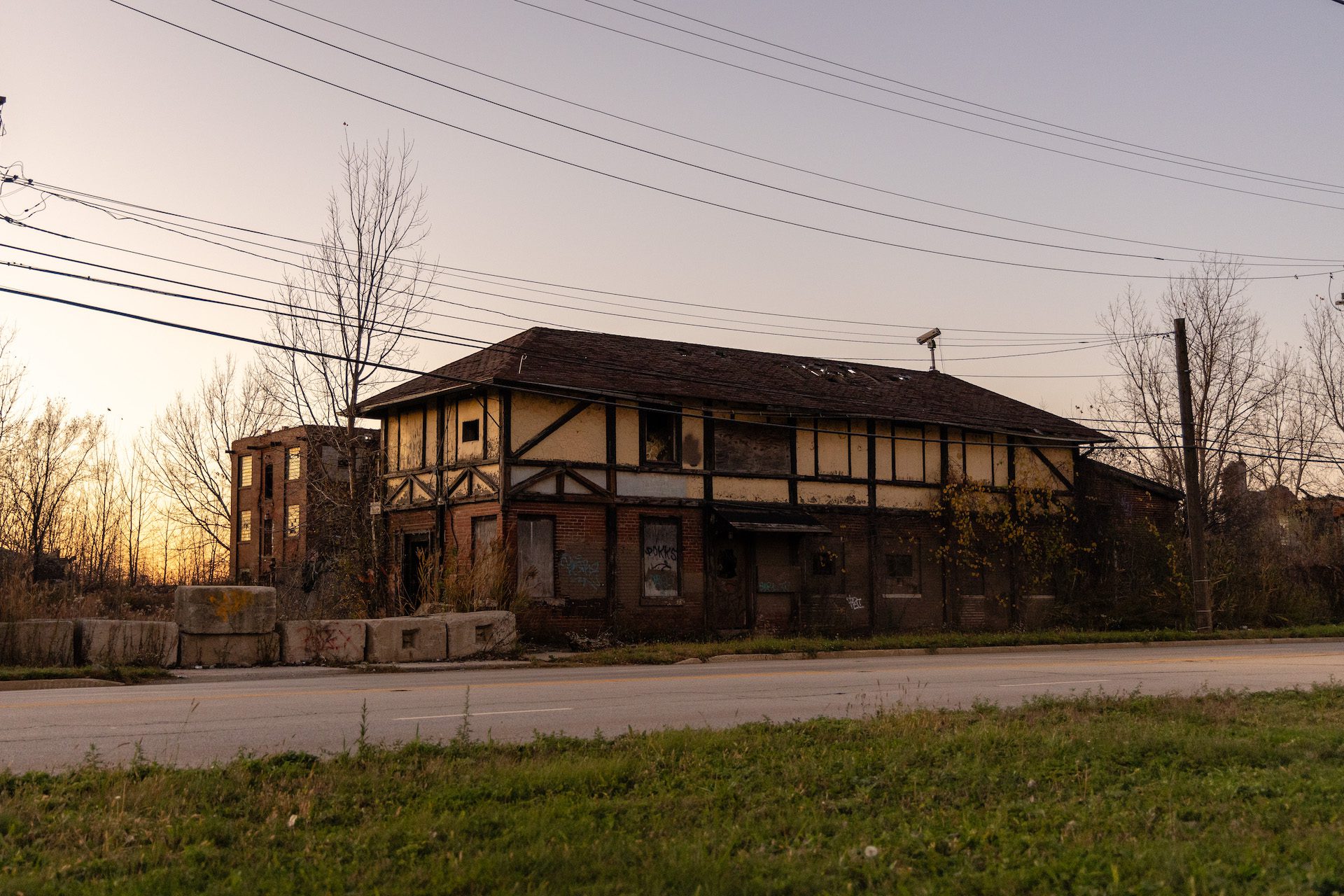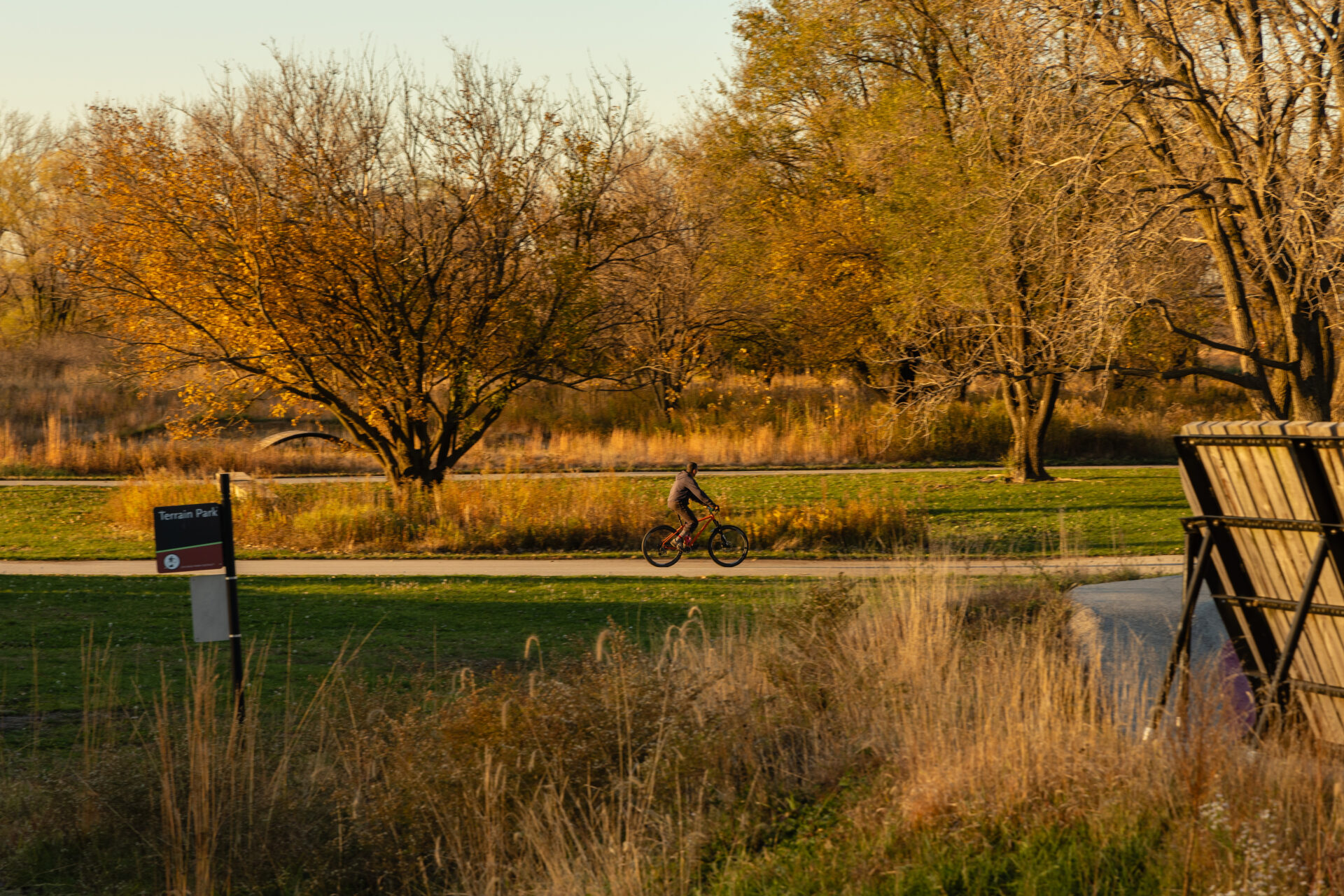 Oscar Gomez/Borderless Magazine
Oscar Gomez/Borderless MagazineSoutheast Side residents hope the toxic site will be transformed into a multi-use space that meets community needs, but remediation could take years.
As a child, Yessenia Balcazar remembers driving past the Acme Steel Coke Plant. Several years later, the lifelong resident of the Southeast Side still drives by the abandoned facility on her way to work.
From the busy road east of the plant, she’s reminded of the site’s past by what was left behind: dilapidated buildings, a couple of graffitied smokestacks and a metal fence along the perimeter of the 104-acre site.
As the Environmental Protection Agency prepares to clean the toxic site at 11236 South Torrence Ave., the agency met with community members in South Deering on Thursday to discuss redevelopment ideas for the plant that retired in 2001. The site is now one of the most toxic waste sites in the country.
Want to receive stories like this in your inbox every week?
Sign up for our free newsletter.

The remains of Acme’s coke plant have been a defining feature of Balcazar’s community. Now, she hopes recent plans for a federal cleanup will start the revitalization of the Southeast Side.
“The reuse of these brownfields is changing the narrative of the Southeast Side and its history of being a sacrifice zone,” she said.
In March, the EPA added the Acme property to the agency’s Superfund list after years of advocacy by the Southeast Environmental Taskforce. Its designation as a Superfund means it is one of the most toxic waste sites in the country. The site will be cleaned up before being redeveloped to remove the risk of exposure for nearby residents.
The coke plant operated for about 100 years and left behind semi-volatile organic compounds (SVOCs), cyanide, mercury, and benzene that continue to pose long-term health risks to the surrounding community, according to assessments by the EPA. The contamination in the site could pollute surface water bodies like wetlands and the Calumet River. The assessments also found some contaminants in the Calumet River, the Indian Ridge Marsh, and the site’s groundwater.
In a previous community workshop, EPA Toxicologist Keith Fusinski said people may be exposed to contamination if they trespass on the Superfund site and advised people to stay off-site and follow the Illinois Department of Public Health’s Calumet River System Advisories for fishing to reduce their risk of exposure.
Read More of Our Coverage
The next major step the EPA will take is to conduct a remedial investigation, which could take years and involve assessing the extent of the contamination on and off-site. The results of the investigation determine the type of cleanup and how long it will take. The EPA has yet to set a start date but expects to begin in 2025. The agency is still investigating potentially responsible parties to cover the costs of the investigation and cleanup, said EPA Community Involvement Coordinator Phil Gurley.
According to the EPA, Superfund sites are meant to be returned to productive use, although many have taken decades to be remediated.
Environmental justice advocates like Balcazar, who live near three industrial corridors, have been calling for investments in the community to revitalize abandoned toxic lands and address environmental and health risks posed by nearby industrial activity.
“This is really the beginning of what will be a long process,” said Balcazar, who works as the senior resilient community planning manager for SETF. “This is where that exciting, envisioning work happens.”
EPA officials held the community meeting next to the Acme Steel Coke plant at Big Marsh Park. The land was once a dumping ground for surrounding industrial plants. Today, people come from across the city to ride the offroad bike trails and enjoy the environmental center.

Balcazar hopes that when she drives by Acme’s former coke plant in the future, she can see the community enjoying natural areas and trails that connect Big Marsh Park and the river.
During the community meeting, Southeast Side residents shared ideas for the site’s future, including Marcie Pedraza, who envisions facilities that the nearby residents need like a healthcare or community center for arts and culture activities.
David Barboza, a Southeast Side resident and environmental justice advocate, hopes to see a space that improves community health, such as a mixed-use space with trails along the waterway “that can help people be more physically active.”
Cheryl Johnson, the executive director of the environmental justice organization People for Community Recovery, said housing is a need in the community that the new development could address. She suggested mixed-use buildings, “but you have to guarantee it’s cleaned to the highest standard to raise families,” she told EPA officials.
Balcazar is optimistic about the site’s future, pointing to Little Village Environmental Justice Organization’s success in getting La Villita Park, a community hub in Little Village that was once a Superfund site. The site was home to asphalt manufacturer Celotex and was polluted with cancer-causing contaminants. It took about two decades of cleanup and construction before the park opened to the community in Little Village.
“It’s been a long time coming,” Balcazar said of the Acme site. “It’s been years of work on the grassroots front.”
Aydali Campa is a Report for America corps member and covers environmental justice and immigrant communities for Borderless Magazine. Send her an email at aydali@borderlessmag.org

Bring power to immigrant voices!
Our work is made possible thanks to donations from people like you. Support high-quality reporting by making a tax-deductible donation today.
